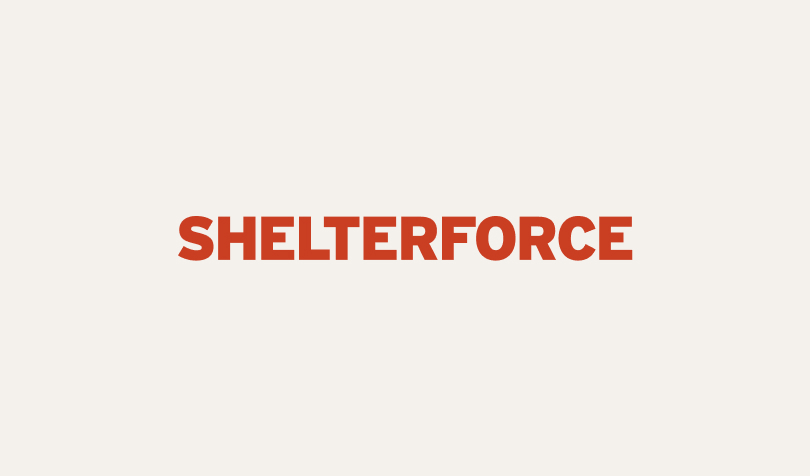In 1980, the U.S. Department of Agriculture’s (USDA) rural housing programs financed 62,700 subsidized single-family housing units and 33,600 subsidized apartments. By 1996, these numbers had dropped to 15,900 single-family and 1,900 multifamily units. Compared to these drastic cuts, the administration’s FY 1999 budget proposals for rural housing programs could be seen as satisfactory simply because the programs have survived. But overall, the funding levels are a far cry from where they were in the late 1970s and early 1980s. The programs are still alive, but the effort falls far short of the need.
A little known fact, even to poverty “experts,” is that 55 percent of low-income people live in suburbs and nonmetropolitan areas. A new report by the Housing Assistance Council – Rural Housing and Welfare Reform: HAC’s 1997 Report on the State of the Nation’s Rural Housing – shows that 5.6 million rural households live below the poverty line and 9.5 million have some housing problem (cost burden, overcrowding, or poor quality). In some severely depressed areas – the Mississippi Delta, the colonias along the Mexican border, Indian country, the hollows of Appalachia – American citizens live in rusted trailers, dirt-floor shacks, packing crates, tents, cars, and caves. One hour from Washington, DC, large families and the disabled elderly live without indoor plumbing.
While living conditions in rural areas improved over the last three decades – thanks largely to federal rural housing programs – we now seem to be losing ground or just running in place. The FY 1999 budget proposal continues some trends of recent years and brings both good and bad news for rural housing programs, now overseen by the USDA’s Rural Housing Service (RHS, formerly the Farmers Home Administration). While not at the top of the Congressional agenda, housing will be addressed, and within that arena, a number of programs aim to meet some of the great housing need in rural and nonmetropolitan areas.
Among the best news in the administration’s 1999 budget is a proposed 80 percent increase in two small RHS programs for farm labor housing. Farmworkers are one of the nation’s worst-housed groups. In 1997 these programs built 332 units – a drop in the bucket. Under this budget, 750 units would be built.
Also good news is that the proposed budget at least temporarily stabilizes a troubling trend in RHS’s Section 502 homeownership loan program. One of the great secrets in housing policy, the Section 502 program, has made homeowners of over 1.9 million low-and very low-income families since 1950. Forty percent of 502 direct loans go to very low-income households. Since 1994, the direct loan program has been cut from $1.8 to $1 billion, but the program will probably not decline further for now. In addition, as funds for direct loans have declined, RHS has shifted from direct loans to government-guaranteed loans made by private lenders. A few years ago, RHS guaranteed no loans at all, but Fannie Mae buying has made this product soar to $3 billion of the 1998 RHS budget.
While the guaranteed loans are useful, and serve some low-income families, the slippage in recent years in direct lending – which is vital to the poor – is bad news overall. This same shift is seen in the 1999 budget proposal for Section 515, the main rural rental housing loan program. Funding for the program would continue to decline, from $540 million in 1994 to $150 million in 1998 to $100 million next year. Meanwhile Section 538, a new rental program of guaranteed loans serving people with more moderate incomes, would increase sharply.
The 1999 budget also proposes $573 million in Sec. 521 Rental Assistance funding, the RHS version of Sec. 8. This program subsidizes rents in projects where Sec. 515 pays for bricks and mortar. Like Sec. 8, the rural renter aid program faces an escalating cost problem for renewals of current subsidy contracts. The bill will reach $1 billion a year by 2002.
| Loans | |||
| 502 Single Family Direct | 1,800 | 1,000 | 1,000 |
| 502 Single Family Guaranteed | 750 | 3,000 | 3,000 |
| 515 Rental Housing/Direct | 540 | 150 | 100 |
| 538 Rental Guaranteed | 20 | 150 | |
| 504 Very Low Income Repair | 35 | 30 | 25 |
| 514 Farm Labor Housing | 16 | 15 | 32 |
| Grants & Payments | |||
| 504 Very Low Income Repair | 25 | 25 | 25 |
| 516 Farm Labor Housing | 11 | 10 | 13 |
| 532 Self Help Tech. Assis. | 13 | 26 | 26 |
| 532 Preservation Grants | 23 | 11 | 9 |
| 521 Rental Assistance | 447 | 541 | 573 |


Comments